In the last decade, artificial intelligence (AI) has become an integral part of industries worldwide, and the fields of graphic design and animation are no exception. AI is revolutionizing the creative process, enabling designers and animators to push boundaries and work more efficiently than ever before. From automating repetitive tasks to offering creative suggestions, AI is reshaping how visual content is produced and consumed.
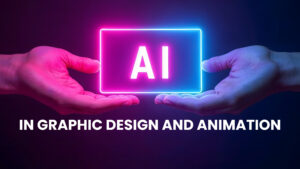
This blog explores the transformative impact of AI on graphic design and animation, diving into its benefits, challenges, and what the future holds for creative professionals.
What is AI in Graphic Design and Animation?

Artificial intelligence refers to the simulation of human intelligence by machines. In graphic design and animation, AI tools use algorithms and machine learning to analyze data, identify patterns, and make intelligent decisions. These tools can automate tasks, generate designs, and even create animations without requiring extensive human intervention.
Why It Matters: Understanding how AI works in these fields is crucial for professionals aiming to stay relevant in an evolving industry. By leveraging AI, designers and animators can save time, reduce costs, and enhance creativity, all while delivering high-quality work.
How AI is Transforming Graphic Design
1. Automation of Repetitive Tasks

One of AI’s most significant contributions is automating tedious and time-consuming tasks, such as:
- Background removal in images
- Resizing designs for different platforms
- Color correction and adjustments
Example: Tools like Adobe Photoshop’s AI-powered features (e.g., Content-Aware Fill) allow designers to edit images quickly without manual effort.
2. Generative Design
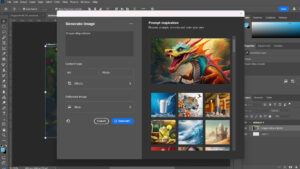
Generative design leverages AI to create multiple design options based on specific parameters set by the user. Designers input criteria such as size, shape, and style, and the AI generates variations to choose from.
Benefits: This not only accelerates the design process but also inspires creativity by presenting options a designer might not have considered.
3. Personalization
AI enables hyper-personalized designs by analyzing user data and preferences. Brands can now tailor visual content to specific audiences, making their messaging more effective.
Example: Platforms like Canva use AI to suggest design templates and layouts based on the user’s industry and purpose.
4. AI-Powered Tools and Software

Popular tools integrating AI include:
- Adobe Sensei: Enhances Adobe’s Creative Cloud apps with AI features.
- Figma Plugins: AI plugins suggest design improvements and optimize workflows.
- Runway ML: Enables users to create AI-generated visual content effortlessly.
How AI is Changing Animation
1. Automated Animation
AI tools can create animations by analyzing static images or scripts, significantly reducing the time required for traditional frame-by-frame animation.
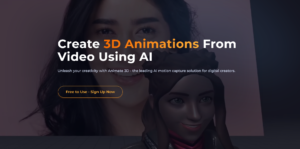
Example: Tools like Deep Motion can automatically generate animations from motion capture data.
2. Real-Time Rendering
AI-powered rendering engines speed up the animation process by producing high-quality visuals in real time. This is particularly useful in industries like gaming and film, where rendering often takes hours or even days.
3. Voice and Lip Syncing
AI simplifies the process of syncing character lip movements with voiceovers. Tools like Replica Studios use AI to generate voiceovers and align them with animated characters seamlessly.
4. Creative Storyboarding
AI can assist animators in generating storyboards by analyzing scripts and visualizing scenes, saving time and effort in the pre-production phase.
5. AI-Driven Visual Effects (VFX)
AI enhances VFX by automating processes like object tracking, rotoscoping, and green screen keying, allowing animators to focus on the creative aspects.
Challenges and Ethical Considerations
While AI offers numerous advantages, it also poses challenges:
- Job Displacement As AI automates tasks, some fear it may replace human designers and animators. However, experts argue that AI is more likely to augment creativity rather than replace it entirely.
- Ethical Concerns The use of AI-generated content raises questions about copyright, originality, and accountability. For instance, who owns the rights to a design created by an AI tool?
- Learning Curve Adopting AI tools requires time and effort to learn. Professionals must stay updated with new technologies to remain competitive.
- Over-Reliance on AI While AI can enhance creativity, over-reliance may lead to generic designs and a lack of unique artistic expression.
How to Best Approach AI Integration
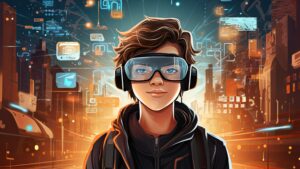
For designers and animators feeling overwhelmed by AI’s rapid advancements, here are a few tips:
- Start Small Begin with basic AI tools that automate simple tasks, such as resizing images or removing backgrounds.
- Invest in Learning Take online courses or attend workshops to understand AI tools and their applications in design and animation.
- Focus on Creativity Use AI to handle repetitive tasks, freeing up more time for brainstorming and innovation.
- Stay Updated Follow industry blogs, forums, and communities to keep track of the latest AI advancements and trends.
The Future of AI in Graphic Design and Animation
AI is expected to become even more integrated into creative workflows. Here’s what the future might look like:
- Hyper-Realistic Animations AI will enable animators to create ultra-realistic characters and environments, blurring the lines between animation and reality.
- Collaborative AI AI tools will act as creative collaborators, offering suggestions and ideas to enhance human creativity.
- Expanded Accessibility As AI tools become more user-friendly, individuals without formal design training will be able to create professional-quality content.
- Sustainability AI can optimize resource usage in animation and design, contributing to more sustainable production practices.
Key Takeaways
AI is transforming graphic design and animation by automating tasks, enhancing creativity, and enabling more personalized content. While challenges like job displacement and ethical concerns exist, the benefits far outweigh the drawbacks when AI is used responsibly.
As a creative professional, embracing AI can help you stay ahead in a competitive industry. By integrating AI into your workflow, you can focus on what truly matters: creating impactful and memorable designs.
Ready to explore the potential of AI in your creative projects? At Digital Motion Academy, we offer courses that combine traditional design principles with cutting-edge AI tools, ensuring you’re equipped for the future of graphic design and animation. Contact us today to learn more!
